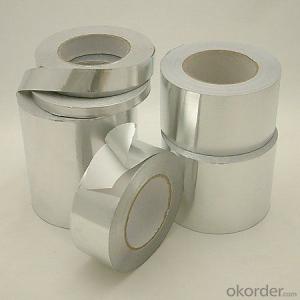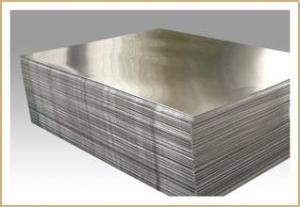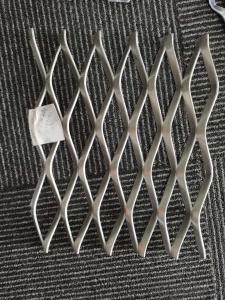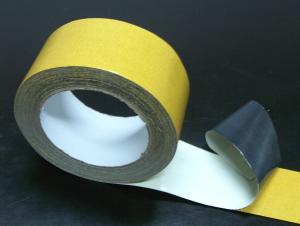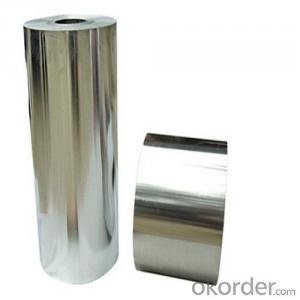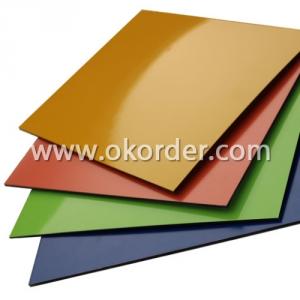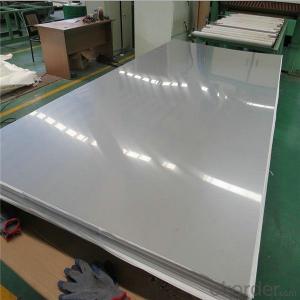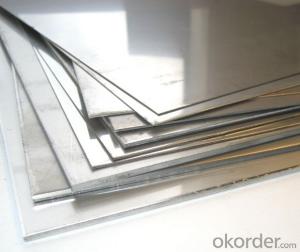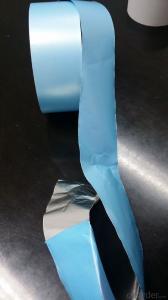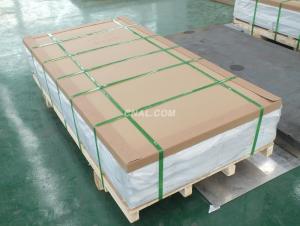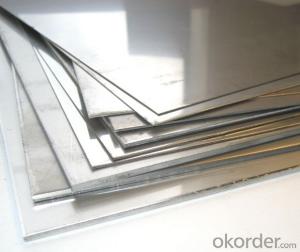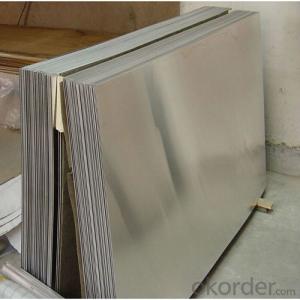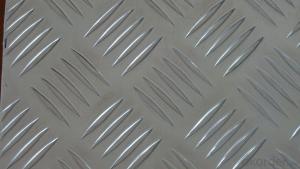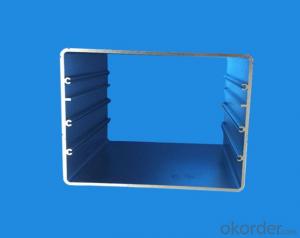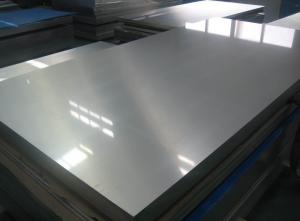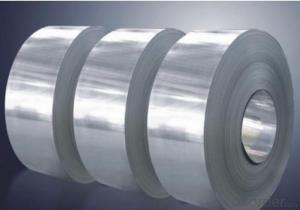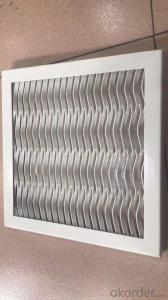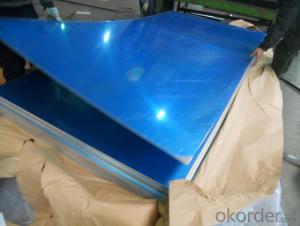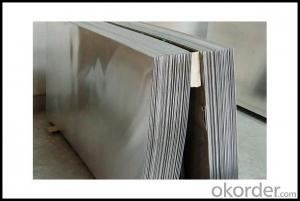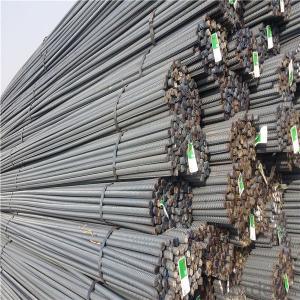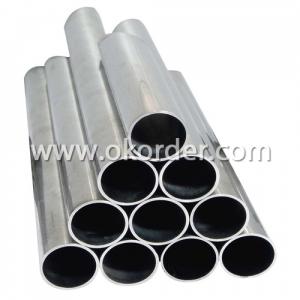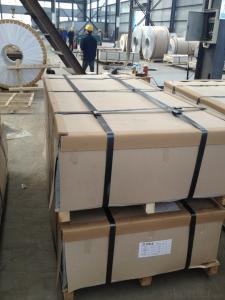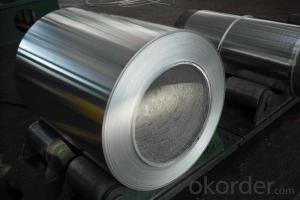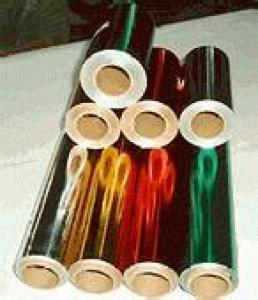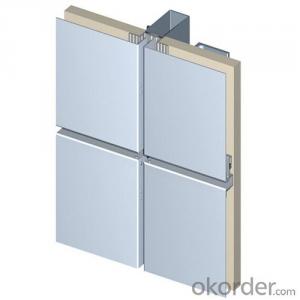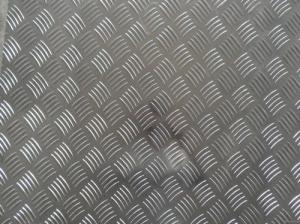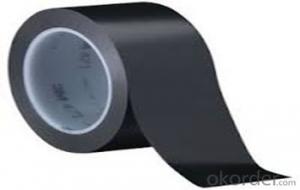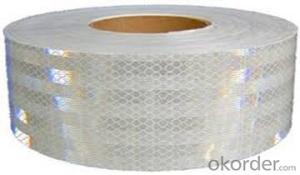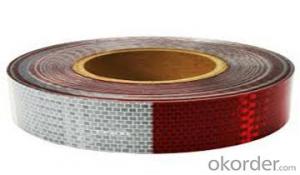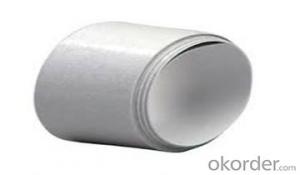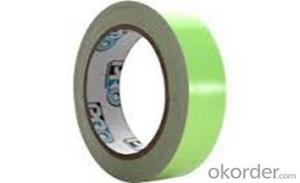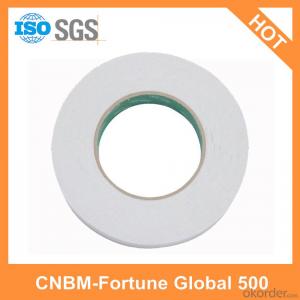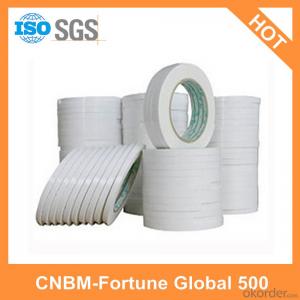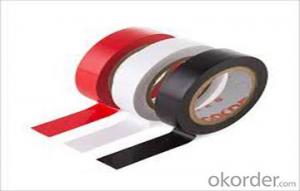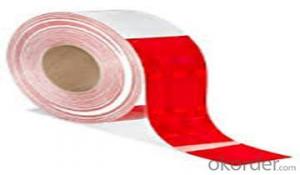3/8 Thick Aluminum Plate
3/8 Thick Aluminum Plate Related Searches
Aluminum Plate 3/8 Thick 3/8 Aluminum Plate 3/8 Inch Aluminum Plate 3 8 Thick Aluminum Plate 3 8 Inch Thick Aluminum Plate 3/8 In Aluminum Plate 3 8 Aluminum Plate 1/8 Thick Aluminum Plate 3 8 Inch Aluminum Plate 3/8 Aluminum Plate 4x8 3/16 Thick Aluminum Plate 1/8 Inch Thick Aluminum Plate 3/8 Aluminum Diamond Plate Aluminum Plate 3/16 Thick Aluminum Plate 1/8 Thick 3/16 Aluminum Plate 4x8 1 8 Thick Aluminum Plate 1 8 Inch Thick Aluminum Plate 5/8 Aluminum Plate Weight Of 3/8 Aluminum Plate 3/8 Aluminum Plate Weight 1/8 Inch Aluminum Plate Aluminum Plate 1 8 Thick 1/8 Aluminum Plate Aluminum 1/8 Plate 3/16 Aluminum Plate 3/16 Inch Aluminum Plate 3 4 Thick Aluminum Plate 3/4 Thick Aluminum Plate 3 8 In Aluminum Plate3/8 Thick Aluminum Plate Supplier & Manufacturer from China
The 3/8 Thick Aluminum Plate is a versatile and robust product that is widely recognized for its strength and durability. Made from high-quality aluminum, this plate is designed to meet various industrial and construction needs. It is known for its excellent resistance to corrosion, making it suitable for both indoor and outdoor applications. The 3/8 Thick Aluminum Plate is often utilized in the manufacturing of aircraft, automotive parts, and various structural components that require a high level of strength and lightweight properties.This product finds its application in a multitude of usage scenarios, such as in the construction of buildings, bridges, and other infrastructure projects. It is also commonly used in the fabrication of industrial machinery, marine equipment, and transportation vehicles. The 3/8 Thick Aluminum Plate's versatility allows it to be easily cut, shaped, and welded, making it a popular choice among engineers and designers. Its lightweight nature and high strength-to-weight ratio make it an ideal material for applications where weight reduction is crucial.
Okorder.com is a reputable wholesale supplier of the 3/8 Thick Aluminum Plate, boasting a large inventory to cater to the diverse needs of customers. As a leading distributor, Okorder.com ensures that the product is available in various dimensions and specifications, allowing customers to find the perfect fit for their specific requirements. With a commitment to quality and customer satisfaction, Okorder.com is the go-to source for those in search of reliable and high-quality 3/8 Thick Aluminum Plate.
Hot Products
